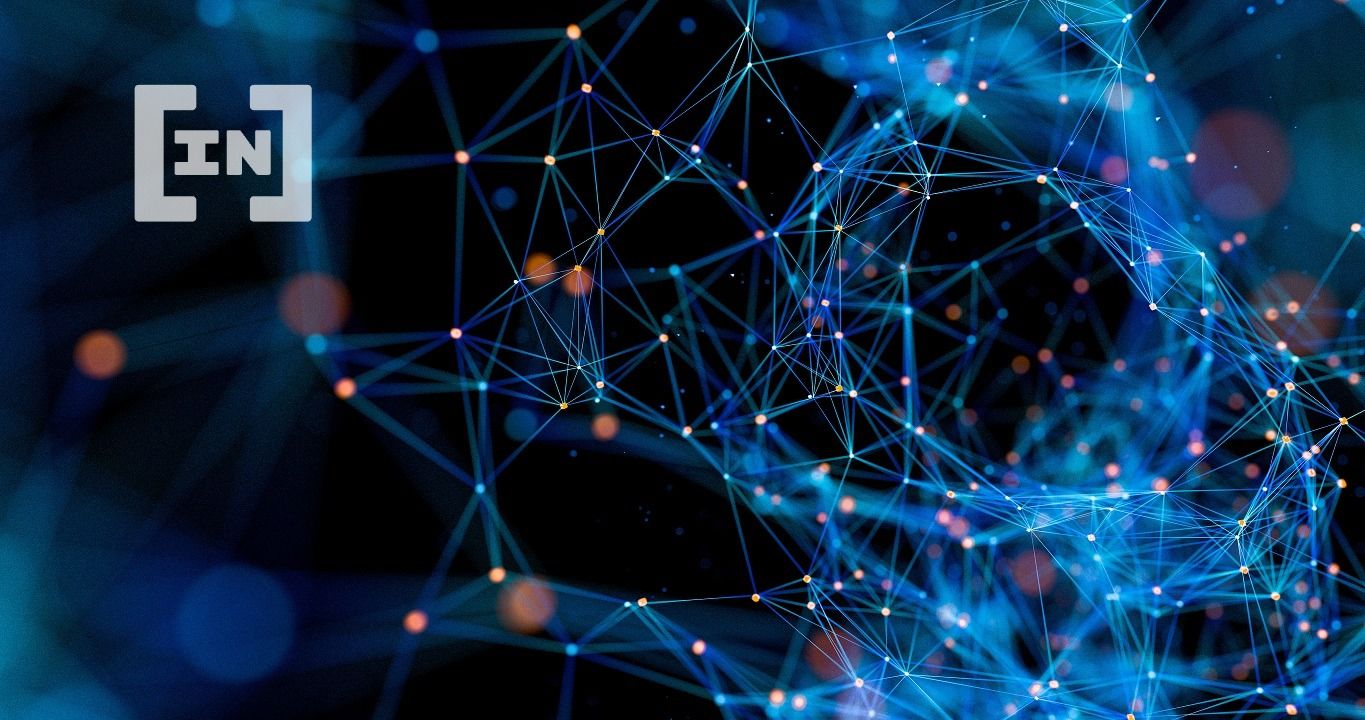Blockchain oracles: They serve as an ideal gateway for the development of hybrid smart contracts.
The continued growth of the crypto market over the past decade has helped spur the development of blockchain oracles in a big way. In their simplest, most basic sense, oracles can be thought of as digital entities that can link blockchains with an external platform, allowing the former to utilize smart contracts and execute commands based upon inputs and outputs received from various real-world sources.
To elaborate, oracles serve as an ideal gateway for decentralized Web 3.0 systems to gain access to a wide array of data streams, legacy systems, etc, thereby allowing for the development of “hybrid smart contracts”.
These offerings are capable of combining on-chain code and off-chain infrastructure so as to help in the creation of future-ready decentralized applications (dApps) that are capable of responding to real-world events while being fully interoperable with traditional systems.
SponsoredBlockchain oracles: Some examples
Considering how many different types of off-chain resources are in existence today, a whole host of blockchain oracles are now available to users. Some prominent examples include:
- Input Oracles: These are by far the most commonly used types of oracles across the global tech landscape today. They are designed to accrue data from real-world (off-chain) environments and supply them to a particular network. One of the most common utilizations of these oracles is ‘live price feeds’.
- Output Oracles: These systems are designed primarily to allow smart contracts to send commands off-chain, allowing for the execution of niche’ transactions. Output oracles are most commonly used by decentralized banks as well as IoT networks.
- Cross-Chain Oracles: As the name seems to allude to, these unique oracles are capable of reading/writing info across a number of different blockchains, such that data from one network can be used to trigger certain actions within another system.
- Compute-Enabled Oracles: While not as common as their aforementioned counterparts, this new breed of oracles are designed to utilize secure off-chain info so as to provide users with decentralized services that are otherwise impractical to achieve.

The use cases for blockchain oracles are growing fast
Due to the unique financial and technological proposition put forth by blockchain oracles, smart contract developers have been continually making use of these platforms to come up with a range of decentralized applications that are capable of operating across a host of different domains. Some of these spaces include:
Decentralized Finance (DeFi)
The success of the decentralized finance (DeFi) sector largely hinges on oracles that are able to provide platforms (operating within this space) with real-time financial data, especially info related to various digital assets and speculation-driven markets. For example, DeFi money markets harness the power of price oracles to assess an individual’s borrowing capacity as well as to see if their existing positions are undercollateralized (and therefore subject to liquidation).
Non-fungible tokens (NFTs) + Gaming
Many oracles are capable of tracking changes associated with dynamic NFTs that can alter their native characteristics depending on external events including temperature surges/drops, time of the day, etc.
Sponsored SponsoredEnvironmental sustainability
There are oracles designed to assist hybrid smart contracts with environmental sustainability-related causes, allowing them to promote green practices via various verification techniques. In this regard, certain oracles are capable of supplying smart contracts with environmental data ranging from sensor recordings, to images acquired from spacecrafts, to live AQI measurements (and everything else in between).
Insurance
Input oracles play a major role in ensuring that insurance-centric smart contracts are able to verify the occurrence of insurable events whenever a monetary claim is initiated by an individual.
Mainstream enterprise utility
Thanks to the use of cross-chain oracles, mainstream enterprises are afforded the ability to relay large volumes of data between their backend systems and external blockchain platforms.
SponsoredThe impact of Oracles on Web 3.0
Straight off the bat, it should be noted that oracles have helped bring to life many of the core philosophies underlying Web 3.0 (i.e. transparency, decentralization, etc). For example, they allow Layer-1 protocols — such as Bitcoin, Ethereum, etc — to accrue a wide range of information from secondary/external blockchains as well as off-chain databases.
To elaborate, let’s take an example of where a regulatory body wants to ensure the veracity of someone’s identity. This can be done quite easily using decentralized systems, such that the regulator can simply employ an oracle to communicate with the related state’s protected driver database and make sure that the information supplied is accurate. In fact, once the person’s identity has been verified, a smart contract can be deployed to automatically facilitate certain actions without the need for any human intervention.

Prominent Blockchain Oracles Projects Worth Knowing
Chainlink
Chainlink is best described as a decentralized network of nodes that is able to provide its users with an array of real-time data that is transmitted from off-blockchain sources to on-blockchain smart contracts via the use of oracles. Technically speaking, Chainlink’s smart contracts are pre-specified and are capable of not only evaluating live data but also executing certain actions automatically as and when conditions are met.
LINK is the native crypto token of the Chainlink ecosystem. It can be used to not only pay for a wide array of services within the network but also used for other, external purposes. For example, they can be used to facilitate deposits that have been initiated by node operators (as and when ordered by contract creators).
Sponsored SponsoredQED
QED is basically a decentralized oracle capable of connecting a range of blockchain networks, smart contracts, and external data sources with one another seamlessly. The precursor of QED, DelphiOracle, powers algorithmic stable coins, prediction markets, as well as other dApps operating on the EOSIO ecosystem.
As a result of its highly robust, dynamic operational framework, QED is able to allow its oracle ecosystem to utilize external collateral as a bond in relation to its smart contracts, thereby mitigating many systemic risks that may potentially affect the platform in the long run (such as poor network performers).
API3
From the outside looking in, API3 can be thought of as a collaborative project meant to deliver a host of API services to smart contract platforms in a manner that is not only rooted in transparency (i.e. it is decentralized) but also requires a minimal level of trust between its participants.
To elaborate, the project is governed by a decentralized autonomous organization (DAO) — aka API3 DAO — ensuring that all of its coding data is available to devs in an open-source format all while maintaining a high level of operational transparency.
Witnet
Much like many of the projects mentioned above, Witnet can be thought of as a decentralized oracle network (DON) that is designed to connect smart contracts with real-world data sources. To elaborate, the platform allows third-party software to accrue information that has been published by any web address at any particular point in time — replete with verifiable proof of the data’s veracity.
Witnet features a well-developed blockchain ecosystem along with a native crypto token that miners can earn by “retrieving, attesting and delivering web content” to the system’s clients. Lastly, WIT can be used to pay for a variety of internal operations such as incentivizing witnesses for various Retrieve-Attest-Deliver (RAD) related tasks.
Got something to say about blockchain oracles or anything else? Write to us or join the discussion in our Telegram channel.

